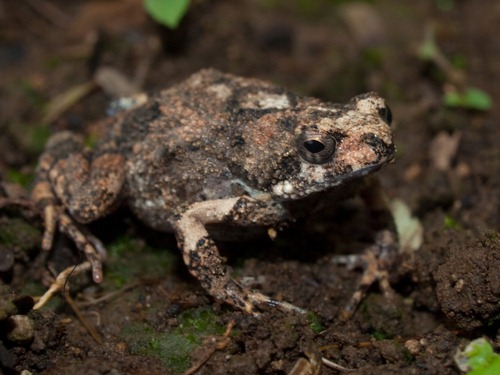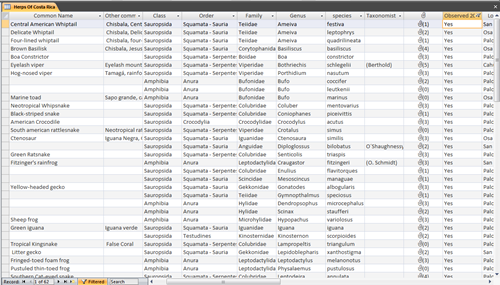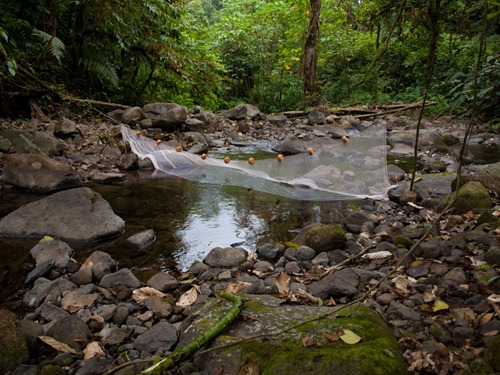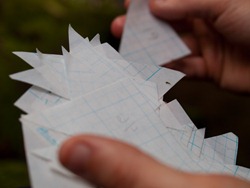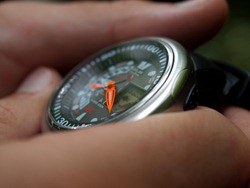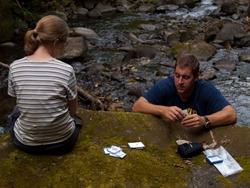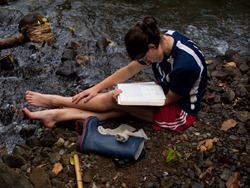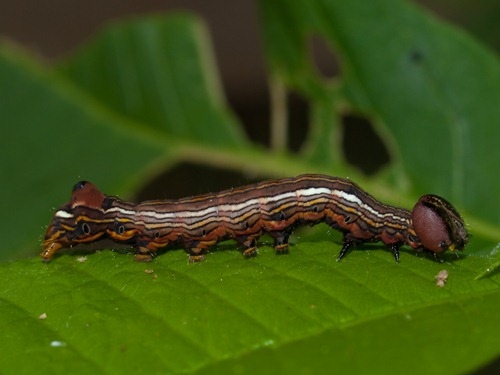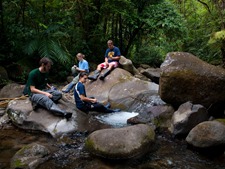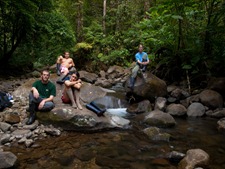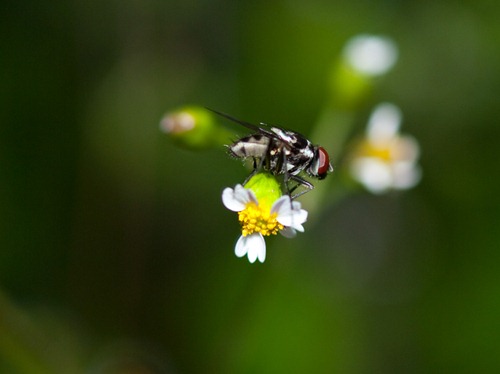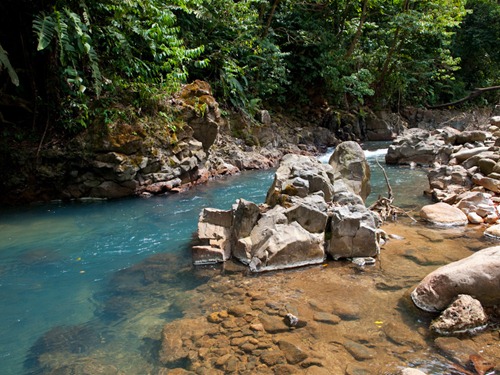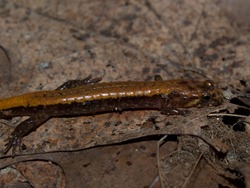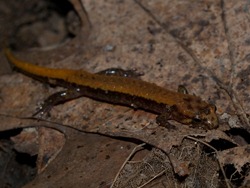A tiny, common Leptodactylid, Physalaemus pustulosus (the Pustuled thin-toed frog) could easily be mistaken for a toad (Bufonidae) because of its warty skin. It lacks obvious paratid glands, but the adult is so small (probably a maximum of 4-g) that it’s difficult to identify. The first ones I saw had fallen in a bucket-trap during the day and had dried out, so I mistakenly identified them as toadlets.
The males are easily identified by their blotchy, dark chin.

